Newsletter
Our newsletter is published six times a year and provides information on current research and development projects, publications and events at the aquatic research institute Eawag. In addition, two special newsletters a year provide in-depth information on a current research topic at Eawag.
If you would like to subscribe to the news, please enter your e-mail address in the field on the right.
Order Newsletter
Current Newsletter

Newsletter No 06 2025
Plant protection with fewer chemicals would have positive global effects
Also: flapper skate, beavers, bats and decentralised sanitation systems

Newsletter No 05 2025
Pesticides in Swiss streams: much remains to be done
Also: water quality data, Legionella, urban trees

Special No 01 2025
Focus: Groundwater – utilising and protecting the resource drinking water
Also: Impressions from the Eawag Info Day 2025 and preview of Info Day 2026

Newsletter No 04 2025
New perspectives thanks to wastewater monitoring
Also: Warming of watercourses, plastic, residual water, sediment cores in Tibet

Newsletter No 03 2025
Exceptional diversity of whitefish
Also: tyre abrasion, greenroofs and ponds, water policy 2024
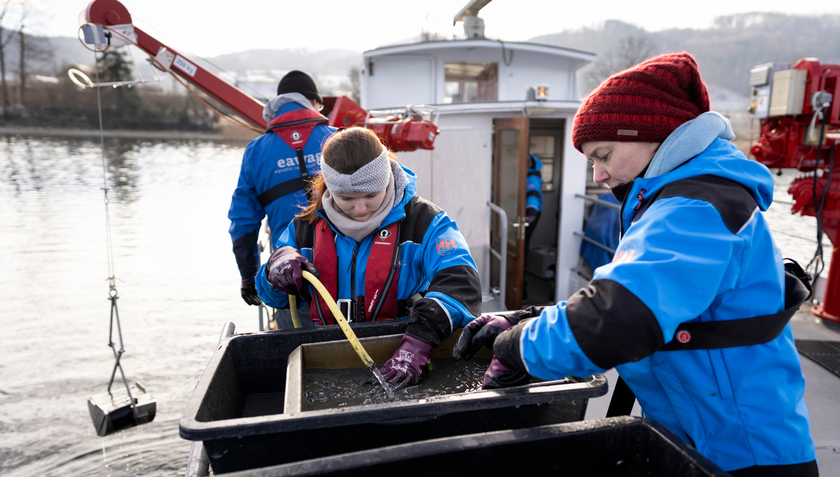
Newsletter No 02 2025
Gaining time in the fight against the quagga mussel
Also: Blue-green algae, ecology of molecules, Info Day 2025

Newsletter No 01 2025
A fairer assessment of wastewater treatment in mountain huts
Also: Two new fish species discovered in Switzerland
Archive Newsletter
Newsletter 2024
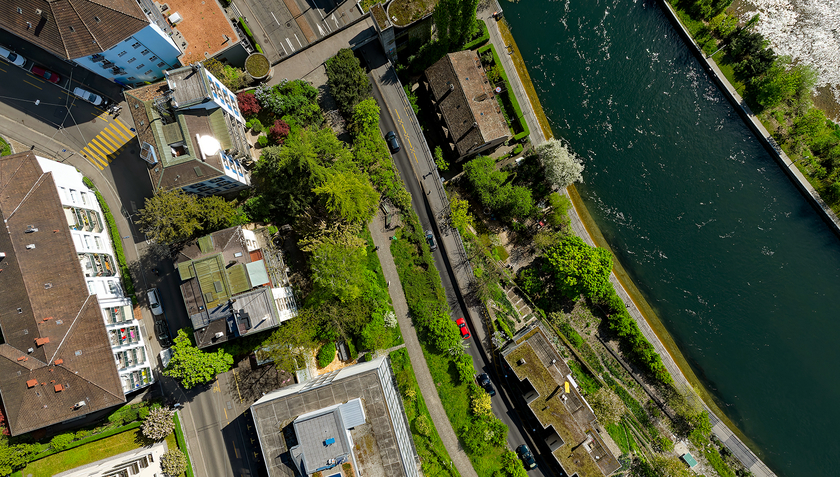
Newsletter No 06 2024
Making urban heatwaves more bearable
Also: quagga mussel, Nagra, mikroalgae, amphipods
To the newsletter of 12 December 2024
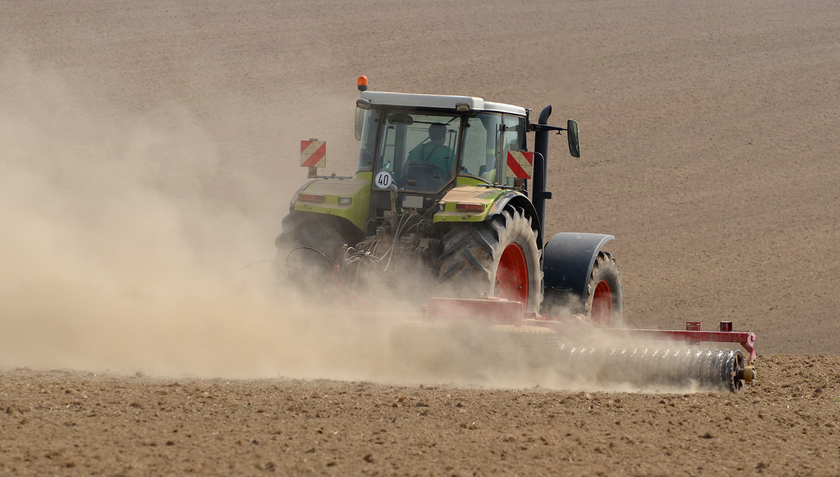
Newsletter No 05 2024
Dry summers: reusing treated wastewater could help
Also: Fisheries advisory service: new location in French-speaking Switzerland
To the newsletter of 18 October 2024
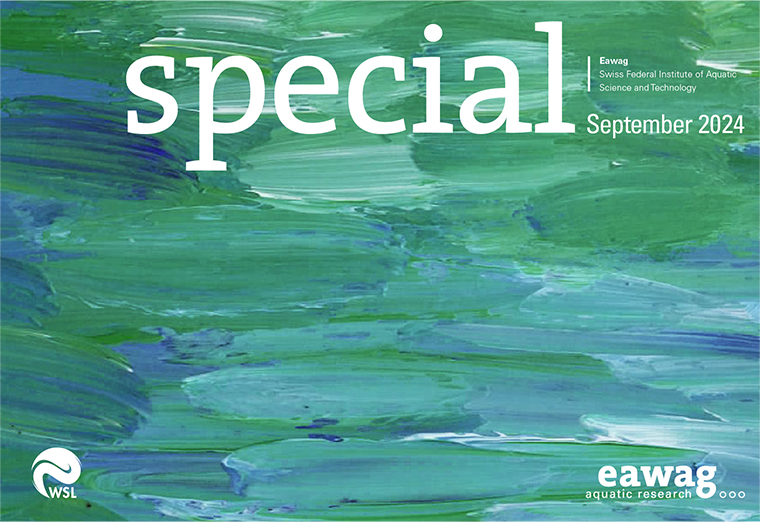
Special No 01 2024
Identifying, preserving and promoting blue-green biodiversity
“The blue-green spirit from the research initiative will live on”
To the special of 12 September 2024

Newsletter No 04 2024
Four billion people estimated to lack safe drinking water services
Also: Open House Day, 14 September 2024
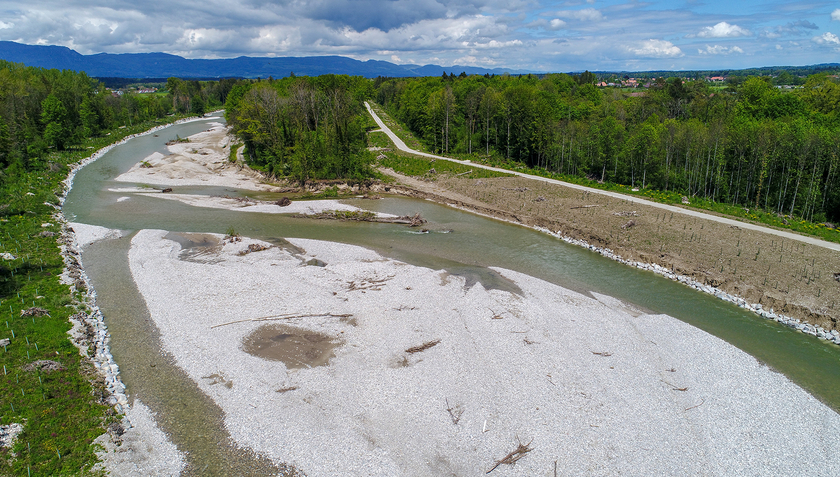
Newsletter No 03 2024
A list of priorities for the protection of biodiversity
Also: Open Day, new publication: Changes in Water
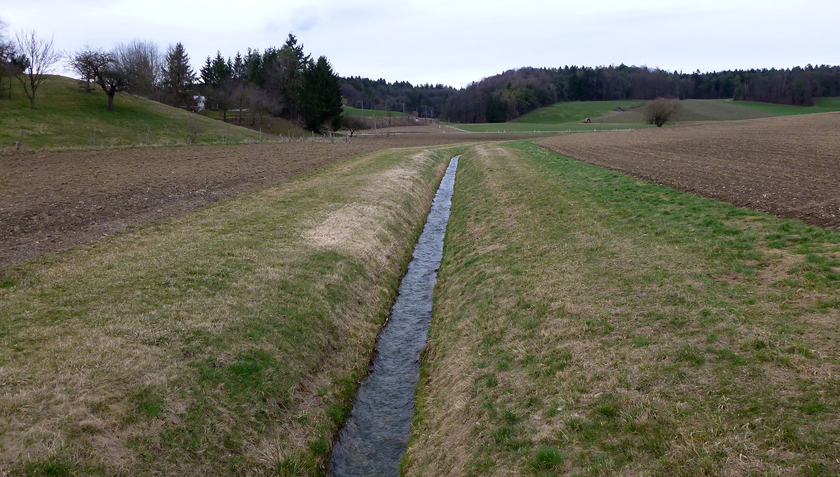
Newsletter No 02 2024
Deficits in the ecological state of small Swiss streams
Also: Impacts of invasive species transcend ecosystem boundaries

Newsletter No 01 2024
Eawag singled out for the Chemical Landmark distinction
Also: Endangered underwater world in postage stamp format
Newsletter 2023

Newsletter No 06 2023
Heavy metals in the rivers of Greenland
Also: Eawag wishes you happy holidays

Newsletter No 05 2023
Underestimated diversity of toxins from cyanobacteria
Also: genome recycling, water filters and sewage treatment
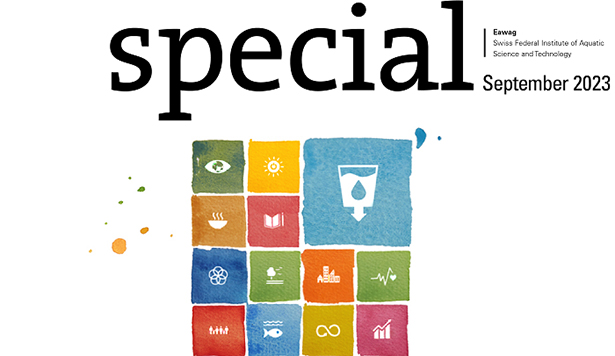
Special No 01 2023
Focus: Aquatic research for sustainable development

Newsletter No 04 2023
Using satellite imagery to optimise urban cooling
Also: insecticides, combined sewer system, antibiotic resistance

Newsletter No 03 2023
Lake Constance - Life under changing conditions
Also: pollutants, glacial melt and DNA traces in groundwater

Newsletter No 02 2023
Interview with new Eawag Director Martin Ackermann
Also: riverine fish, mine accidents, plankton, bioplastics, nanomaterials

Newsletter No 01 2023
Who done it? Searching for clues with sediments
Also: Interview Martin Ackermann, nitrogen removal, groundwater fauna
Newsletter 2022

Newsletter No 06 2022
Interview with Prof. Dr. Janet Hering: “The overarching challenge has remained the same”
Also: practical knowledge, granulated activated carbon, antibiotic resistance
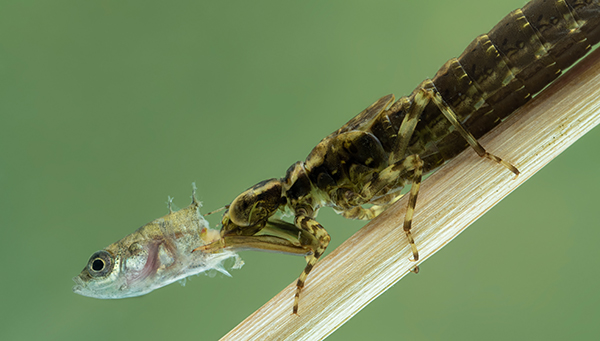
Newsletter No 05 2022
Green and blue food webs are wired differently
Also: arsenic, alpine biodiversity, nanoplastics, amphibian, Forum Chriesbach
Special No 02 2022
Focus: Dynamics of water
New tools, new opportunities
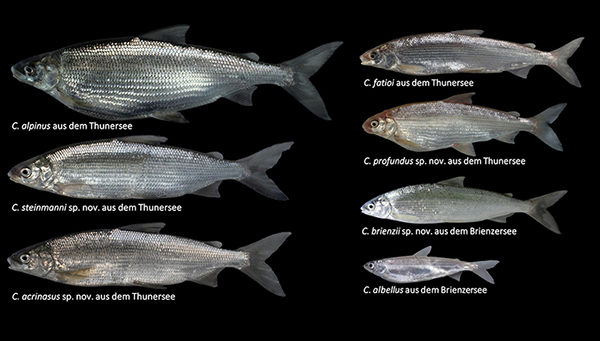
Newsletter No 04 2022
Phylogenetic tree reveals: new species of whitefish have emerged in every lake
Also: Legionella, Fluoride, SARS-CoV-2-mutations, virtual fish

Newsletter No 03 2022
The genome of 100,000 African species will be decoded
Also: climate change, nanoplastics, App difficult decisions, experimental ponds
Special No 01 2022
Focus: Decentralised resource recovery from wastewater
New approaches for the sewage system
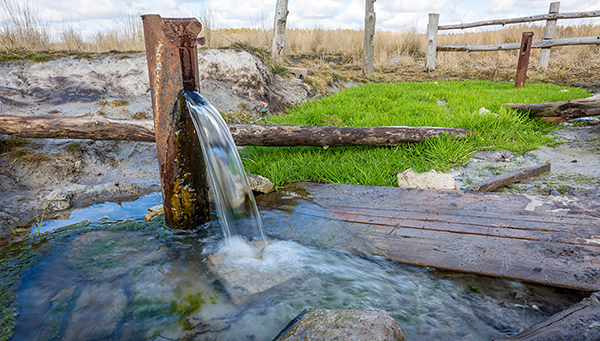
Newsletter No 02 2022
World Water Day: Swiss groundwater, how are you doing?
Also: biodiversity, antibiotic resistance, black soldier flies
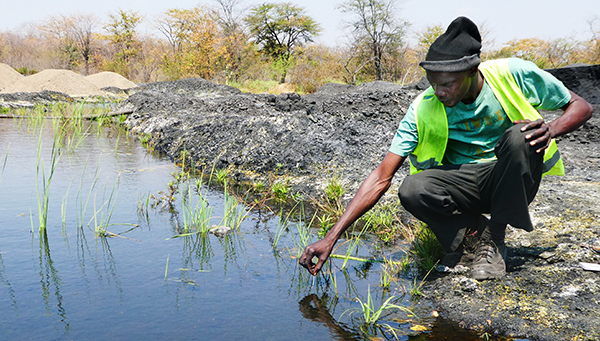
Newsletter No 01 2022
Citizen Science: Knowledge as a weapon in the fight for clean water
Also: ground water network, hospital pathogens and wastewater treatment
Newsletter 2021
Newsletter No 06 2021
Fish inventory in 35 lakes completed
Also: Water-Timeline, articifial intelligence, toilettes, biodiversity
Special No 01 2021, Focus: Biodiversity
Biodiversity in the focus of Eawag research
“I cannot imagine our life without biodiversity”
Newsletter No 05 2021
Emergencies and humanitarian crises: Making sanitation decisions
Also: shower water, glacial lakes, LéXPLORE, open science, vocational training
Newsletter No 04 2021
Aquatic life underground - Research with a Citizen Science approach
Also: test with fish cells, microbial biodiversity, landfills in India
Newsletter No 03 2021
Noble gases used to sniff out the pathways of the Emmental’s groundwater
Also: biomass production, handwashing station, blue green biodiversity
Newsletter No 02 2021
Interview with Janet Hering on World Water Day: “I find the sound of water to be very calming”
Also: rare earth elements, climate change, copepods, corona …
Newsletter No 01 2021
Safe to cross: low risk of coronavirus infection from high-touch surfaces
Also: Autarky, legionella, soldier flies, mercury, sediments
Newsletter 2020
Newsletter No 04 2020
Research on COVID-19 at Eawag
Also: environmental DNA, pesticides, natural sewage treatment plants
Newsletter No 03 2020
Risks of COVID-19 in wastewater
Also: microplastics, amphipods, blue-green algae and pesticides
Newsletter No 02 2020
Mobile system measures water quality in real time
Also: arsenic, revitalizations, pandemics and Diclofenac
Newsletter No 01 2020
Interview on World Water Day on 22 March 2020
Also: super wasps, legionella, humpback whales and blue-green biodiversity



